The fact of the matter is that methods of communication will always shift, but for God’s sake we can change our marketing strategy every single last time a new social media platform decides to rear its narcissus head. Marketing communication strategy will be your main pillar from which all other marketing campaigns can derive.
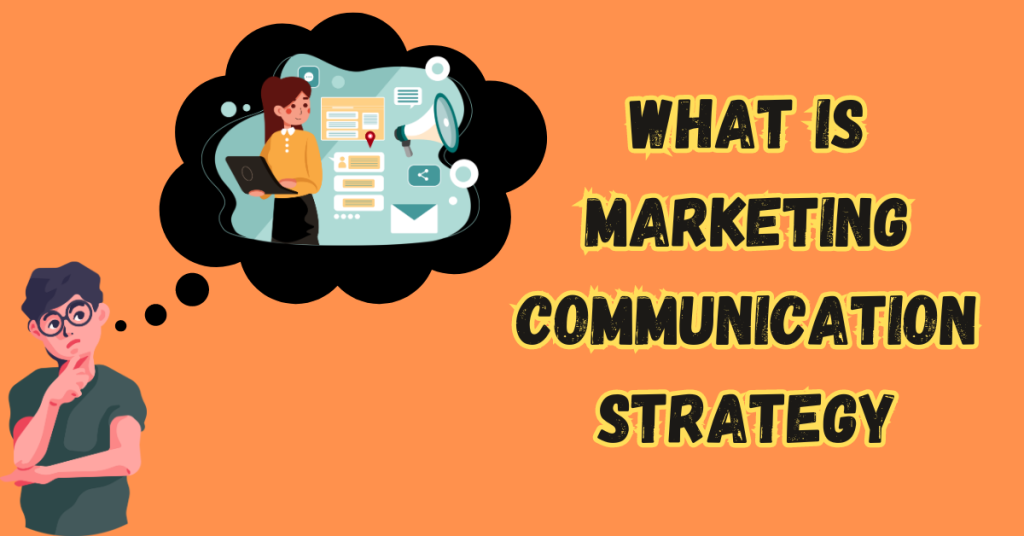
What Is Marketing Communication Strategy
An Effective marketing communication strategy works like a roadmap for any business on what way to perform in communicating the products or services beneficially and effectively. It sets forth all the important messages, channels, and tactics a business will use to communicate with its customers; creating brand awareness and more sales.
The purpose of marketing communication strategies is to make a strong and consistent message that can attract the target audience in such a way that they can easily understand what value they receive from your product or service. It also needs to take into account the various stages of the customer journey from awareness down to consideration and finally conversion.
This is seen when a company might be interacting with potential customers on social media but daily lead nurturing and purchase prompting will happen through email marketing.
Demand Of Marketing Communication Strategy
Effective Marketing communication demand is growing a lot. As competition continues to heat up across nearly every industry, businesses are noticing that how they communicate with their customers can make or break them.
This has become more pertinent in recent years given the trending shift towards digital marketing. Businesses communicate with their customers through a variety of channels (social media platforms, email newsletters, website content), and each one has its own set of principles to adhere to.
A lot of companies who face this reality will either adapt to the new marketing dynamics and get collaboration started or they run out of growth opportunities that could have been achievable with high-quality marketing communication like so many brands are already currently doing. A HubSpot report even cites 63% of marketers saying their biggest challenge is traffic and leads. It raises the point that businesses need to put in place effective marketing communication strategies not just shareable content.

Importance of a Marketing Communication Strategy
Great for brand building Businesses can begin to form a recognizable, trusted brand by utilizing the same messaging and visuals time after time in all marketing channels. Lucidpress research indicates that revenue can rise by 23% when you have consistent branding.
Boosts Customer Engagement and Retention. Brands that communicate clearly and consistently with their customers are brands they choose to engage with again. Salesforce reported that 70% of consumers said a company understanding their personal needs doesn’t influence loyalty.
Increases Marketing Campaign Efficiency A proper marketing communication strategy will ensure maximum impact on your campaigns and that all efforts are arrayed in a similar direction aiming at the same goals. A study from the Content Marketing Institute shows that companies with a documented content marketing strategy are 646% more likely to say they’re successful!
Top-notch customer experience. This helps you know the right information to provide at every stage of the customer journey, which makes it possible for enterprises and companies alike to enhance their customer’s views on what your product represents. Businesses delivering great customer experience perform 60% better than those that don’t
Finally, it permits measurement and evaluation. A marketing communication strategy helps businesses gauge the effectiveness of their marketing initiatives, and thereby make data-driven decisions on improving upon existing and future strategies.
Benefits of a Marketing Communication Strategy
By having a strategic marketing communication strategy in place, companies enjoy the following benefits Committing time and resources to Developing a Marketing Communication Strategy.
Clearer and Consistent
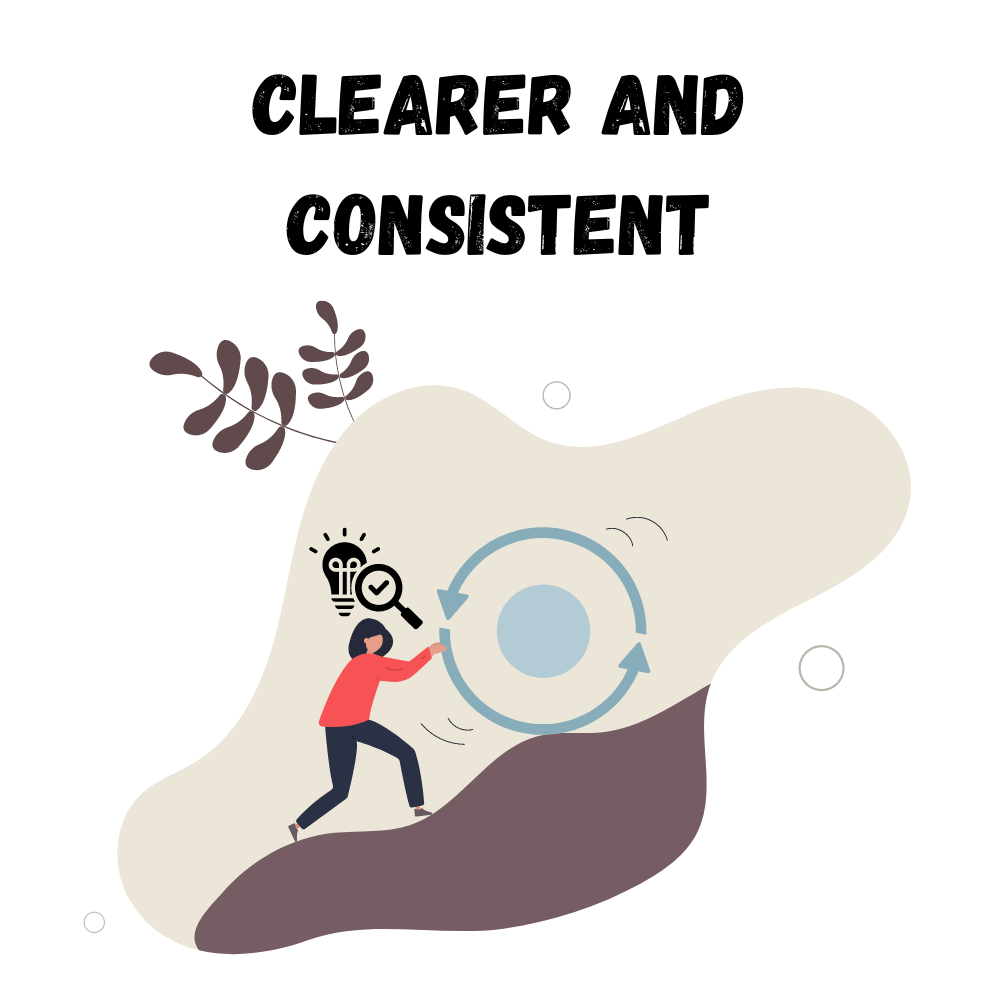
Clarity and consistency in messaging are types of marketing communication benefits. Conversely, when a company has multiple teams (marketing team, sales team, and customer service team in this example) communicating with customers can result in mixed messages which is confusing. Having a clear-cut strategy means everyone knows the plan, keeping the message uniform throughout all communication paths. This regularity not only earns customer trust but also strengthens the brand image.
Increased Targeting and Segmentation
Your business needs a marketing communication strategy to help you understand your target audience and build the right messaging for them. Market research and customer personas help identify the needs and preferences of various segments. This allows businesses to create messages targeted at each segment which can resonate better and convert into higher engagement/conversion rates.
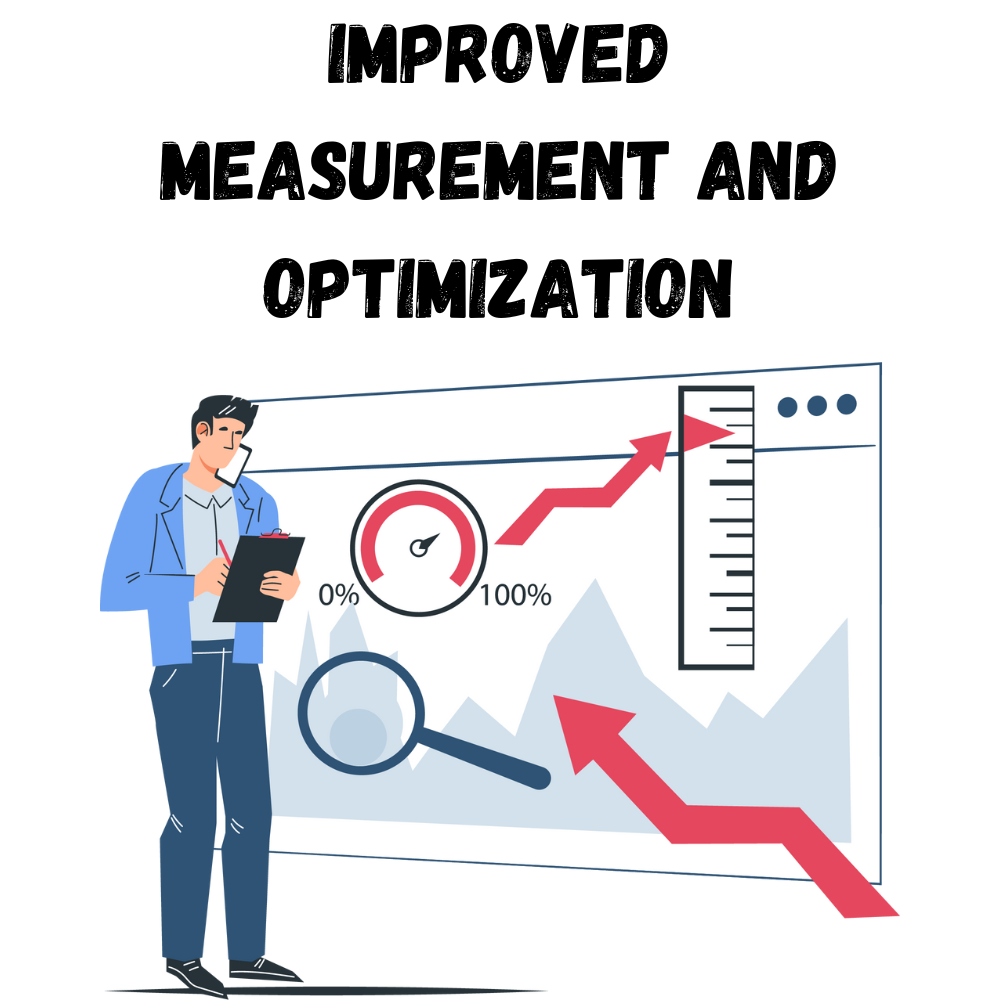
Improved Measurement and Optimization
One of the other benefits of having a marketing communication strategy in place is that measuring and optimizing efforts through marketing becomes milder. Businesses must establish how they will track the effectiveness of their marketing campaigns and communication efforts by setting key performance indicators (KPIs) through the strategy. By reviewing and analyzing these metrics consistently, organizations can pinpoint areas of improvement they can act on to make more informed decisions for future marketing communication initiatives.
Higher marketing ROI
Although we know what it takes to create a comprehensive marketing communication strategy, the time and monetary investment required can make this an unattractive option as well – despite its potential for such a substantial increase in ROI. When you communicate effectively and with targeted messages, more of your customers stick around to hear what else they need for sale. Businesses that practice regular and effective communication enjoy an average 400% return on their marketing investment, according to the Content Marketing Institute.
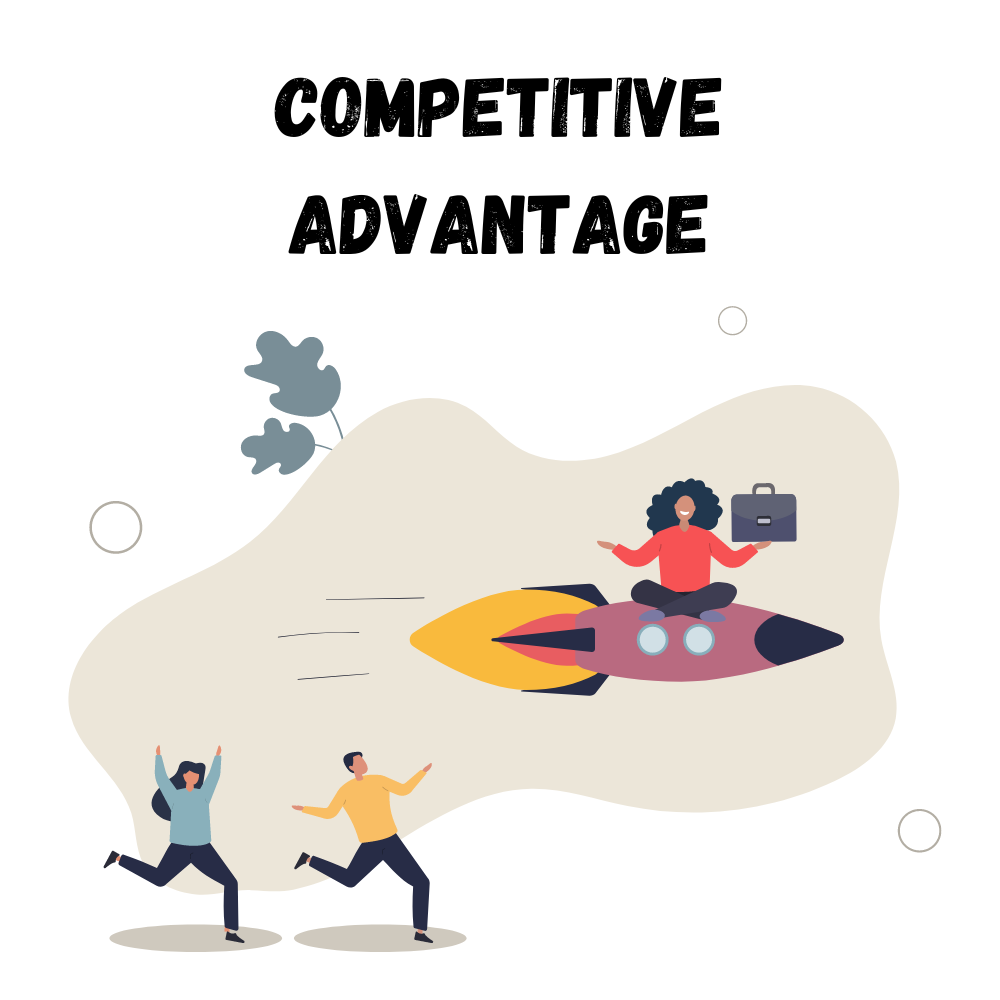
Competitive Advantage
In addition to this, it is expected that a marketing communication strategy at all times must give the business some sort of competitive advantage. With an increasing number of options and companies in today’s noisy marketplace, customers have endless choices. Customers are far more likely to remember a company that consistently and effectively communicates. Strong brand identity, clear messages that speak directly to a target consumer audience, and establishing trust are differentiators among competitors and encourage customer loyalty.
15 Best Ways To Develop A Marketing Communication Strategy
A successful marketing communication strategy requires attention to both planning and implementation.
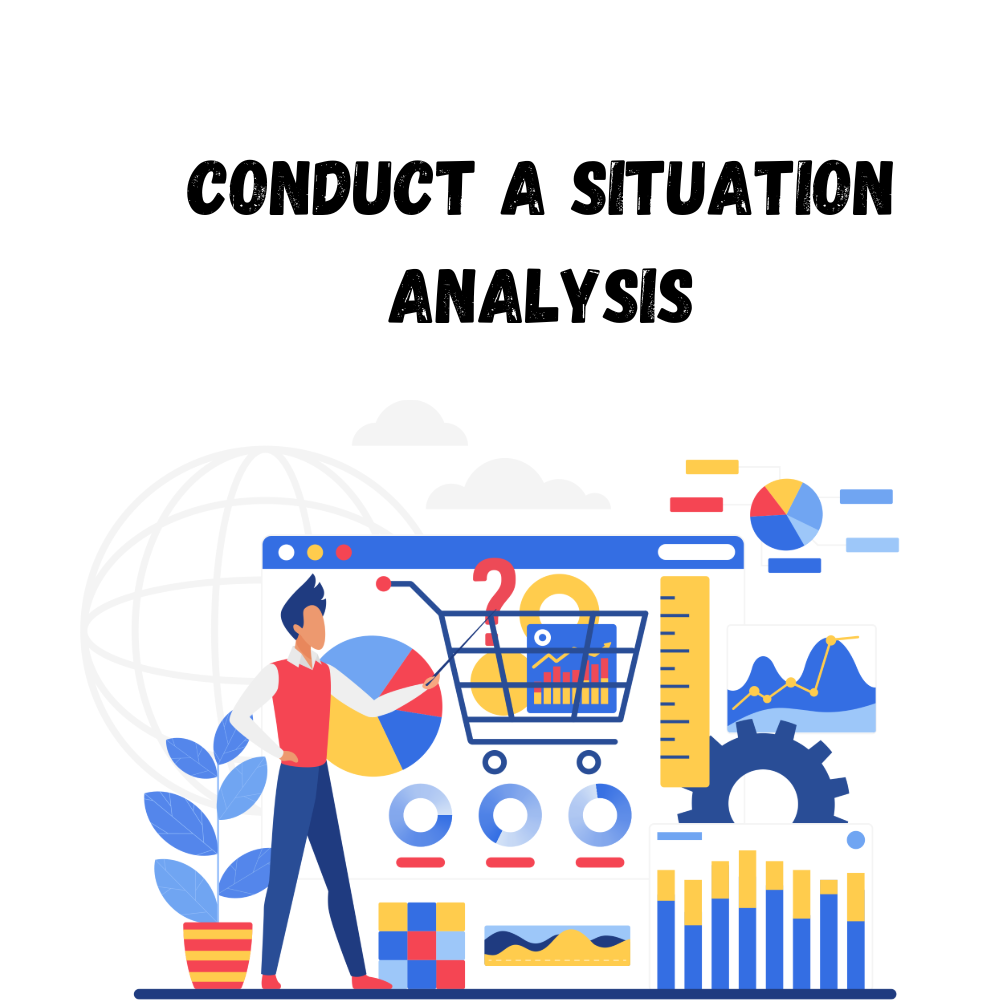
1. Conduct a Situation Analysis
A situation analysis must be done before any marketing communication strategy is developed. Which means taking stock of the existing environment, understanding what competitors have been saying, and identifying opportunities/challenges. These insights from the totality of a situation analysis support developing an efficient marketing communication strategy.
2. Define Your Target Audience
The first and foremost is to know your target audience or I should say familiarization with the marketing communication that works. Spend some time to figure out what their demographic is, interests, and behaviors. With this knowledge, you can craft your messages for the most relevant communication channels based on the platform and purpose.
3. Set Clear Objectives
In setting objectives, you can better steer your marketing communication efforts. Think about what you want to accomplish with your communication—be it increasing brand recognition, gaining website views, or ultimately converting more customers. Developing specific, measurable, achievable, relevant, and time-based (SMART) objectives helps you focus your marketing communications planning so that success can be measured.

4. Craft Key Messages
Your marketing communication strategy should include critical messaging for your target audience. Be specific in what you are offering and make sure it is delivered with punch, showing how uniquely your brand appeals to the needs and desires of the audience. Consistency between all communication channels will help to repeat your message and grow brand recognition.
5. Choose Appropriate Channels
Using the Wrong Communication Platforms is How You Fail to Reach Your Audience Think about where your target audience lives and which channels best support your marketing communication goals. Select channels whether it be social media, email newsletters, or blog posts that can complement and be integrated into each other to provide a consistent message.
6. Create a Content Plan
A content plan is a blueprint that details what types of messages you will be creating for which communication channels. Create your content plan based on what ideal customers like and want to see this way you have the interests of potential traffic funneled directly back into itself. Use a variety of formats like articles, videos, infographics, and social media posts to easily communicate your marketing messages.
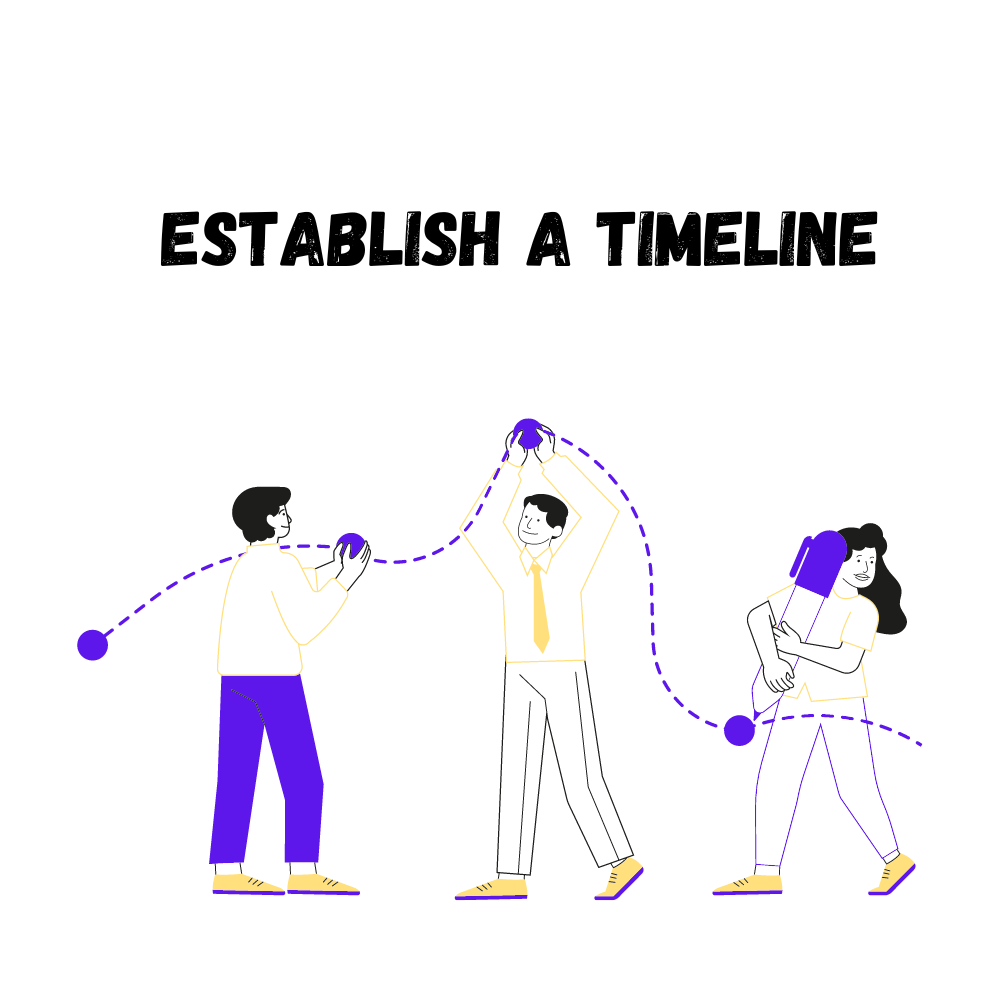
7. Establish a Timeline
Develop a timeline for your marketing communication activities to be able to execute and coordinate on time. Lay out some of the major milestones and deadlines for each part of your strategy as it develops from content creation to distribution. Having specific timeframes also makes resource allocation easier and keeps your marketing communication intervention on schedule.
8. Allocate Resources
Identifying the resources needed to implement your marketing communication strategy successfully Delineate team members that will be enforcing the different tasks and give structure to the needed budget; content, advertising… all associated costs. Therefore resource allocation is another name for making sure that your marketing communication initiatives are executed as efficiently and effectively as creates a single control point.
9. Monitor and Measure Results
You have to track and measure your marketing communication efforts to determine how effective they are. Use analytics to measure KPIs including engagement rates, website visits, and conversions. You can use this data to learn from your successes and failures, so you know where changes need to be made to better develop a more informed approach.
10. Adjust and Optimize
Be ready to adjust and optimize your marketing communication strategy according to the insights you get from monitoring & measurement. Find what is working and not working, and use data to guide your messaging & channel optimizations. Having a flexible strategy to adapt your efforts based on what resonates with the audience and trends in the market will keep success rolling.
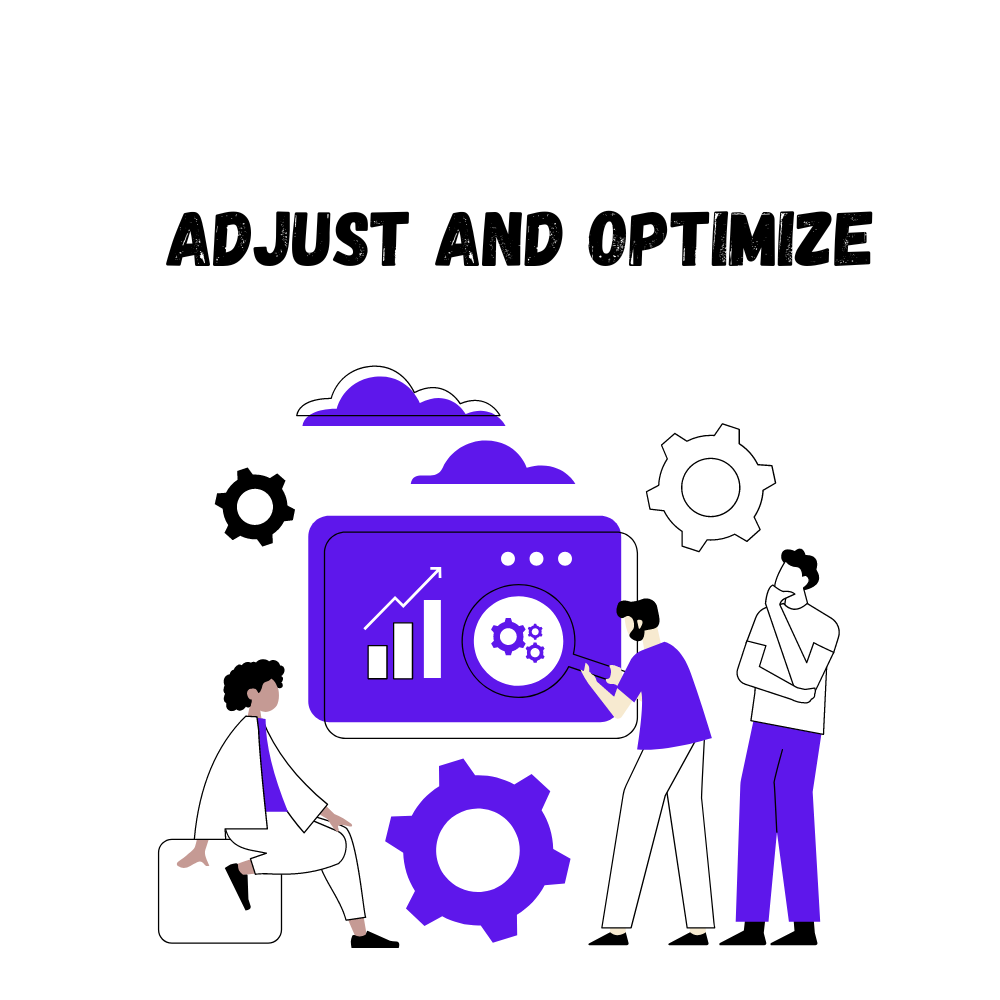
11. Be Aware of Trends in Your Industry
The marketing industry is always in flux due to trade winds brought on by technological developments, consumer preferences, and societal patterns. Keep yourselves updated with these developments to ensure the right marketing communication approach. Read industry publications, go to conferences, and take courses to stay abreast of best practices and new materials.
12. Foster Internal Collaboration
By promoting collaboration between various team members of your organization, you add to the overall efficiency of your marketing communication strategy. Schedule and organize weekly, bi-weekly, or monthly meetings for your teams to exchange insights and keep their communication efforts consistent. Additionally, internal collaboration enables a more integrated marketing communication approach where all teams can work together on one common goal.

13. Test and Experiment
Test different ways of communicating with people, and be unafraid to experiment. In the case of A/B testing, for instance, you can choose two different messages or channels and see which works best with your audience This approach also helps pave the way to more incremental gains in your marketing communication strategy through experimented testing, and learning.
14. Seek Feedback
Feedback from your target audience and stakeholders is a goldmine for improvements to your marketing communication strategy. Benchmark Using Customer Feedback surveys, polls, or direct conversations is a great way to encourage feedback on your messaging and communication efforts from customers. While this may be true, there is no better way to show a user that you respect their feedback than by openly looking for ways they can make what you are building into the app theirs too.
15. Review and Refine Regularly
Finally, regularly review and update your marketing communication strategy as you feel necessary to keep the relevance of it up-to-date. Allocated regularly scheduled periods (i.e., quarterly, annually) to evaluate how well your strategy is doing and modify as needed. We just released an updated guide on content strategy, and one of the most important chapters is dedicated to how you should periodically review key information to keep your marketing communication effective as market dynamics change or audience preferences evolve along with a changing business environment.
Conclusion
Business that aims to expand their communication activities and meet marketing goals need a clear plan for marketing communications. Organizations can achieve greater clarity and consistency, better targeting and segmentation to attract customers that match target audiences, improved measurement & optimization of campaigns for a higher return on marketing investments (ROMI), and a tailored competitive edge in the market.
An effective marketing communication strategy requires a situation analysis, a definition of the target audience, clear objectives, key message development and channel selection, content plan creation, timeline setting, resources allocation, monitoring results and measuring outcomes, adjustment, and optimization, industry trends monitoring, internal relationships building, testing and experimentation, feedback solicitation, and regular review and revision. Following these steps will help your business create a marketing communication strategy that supports its goals and monumentally interacts with your target audience. Please feel free to contact us to help develop your marketing communication strategy.

Is an Entrepreneur, Business Adviser. He loves to do research on the business and acquire knowledge on the business topic and this knowledge he used in his business. He also believes that sharing is caring that’s why he starts to write for those people who actually need help with the business, marketing, business strategy, skills, and creativity in business topic which is very important for them.


